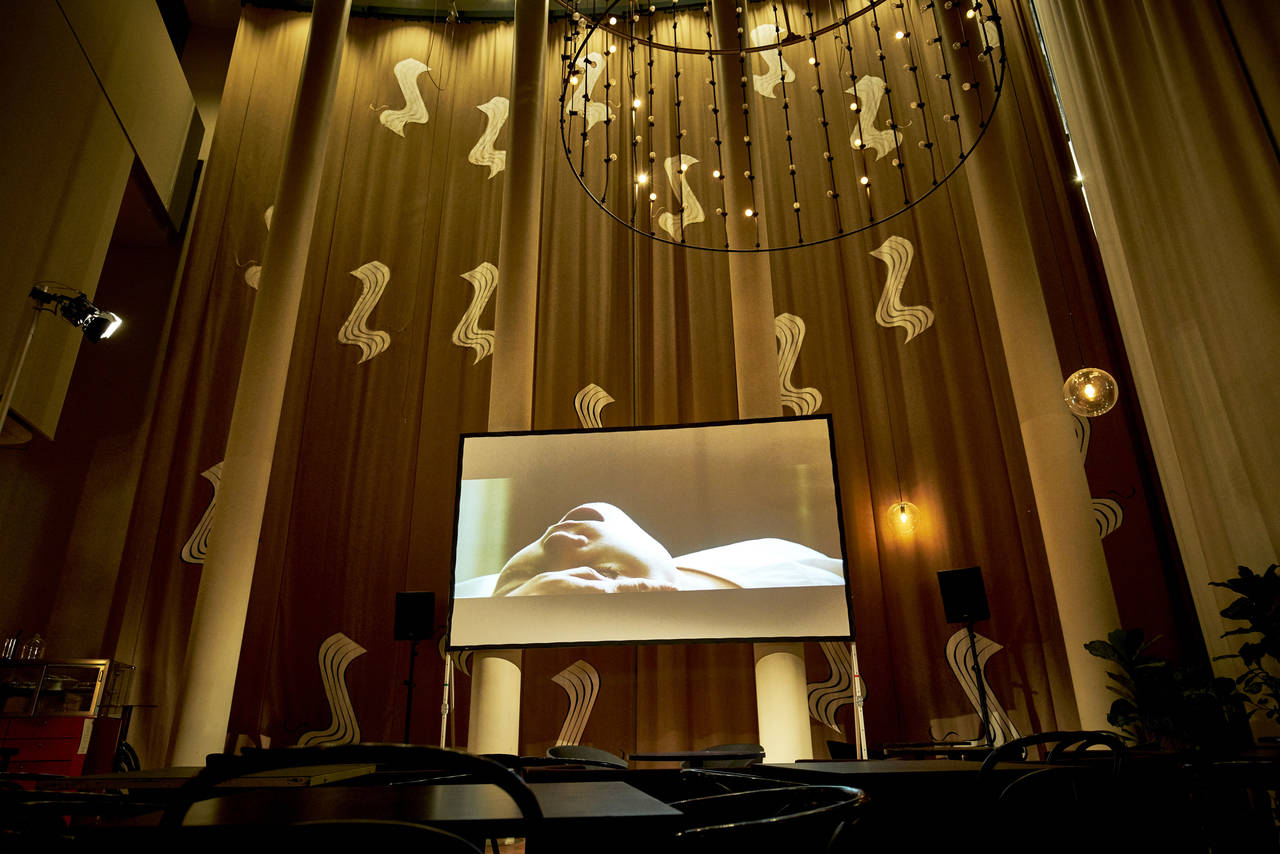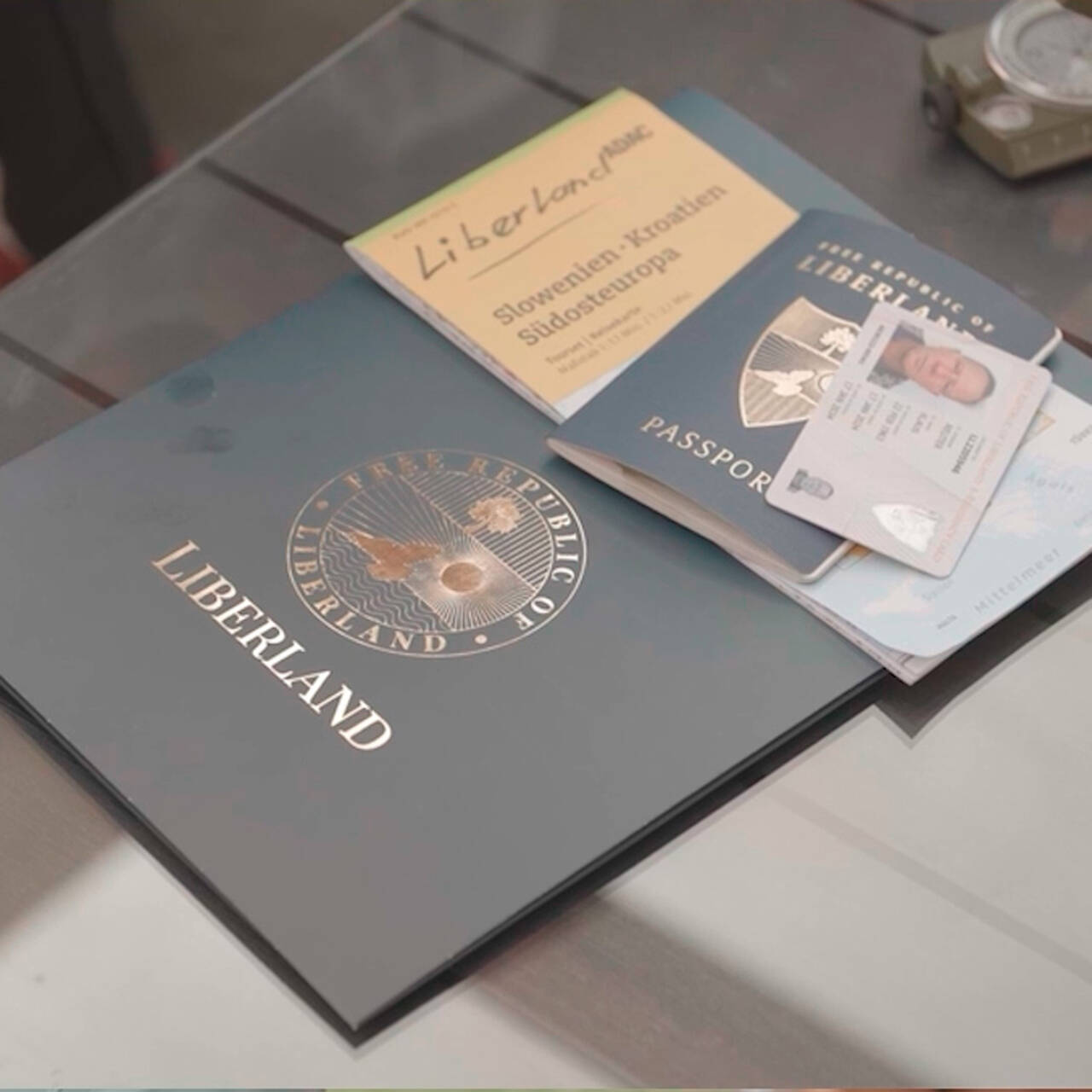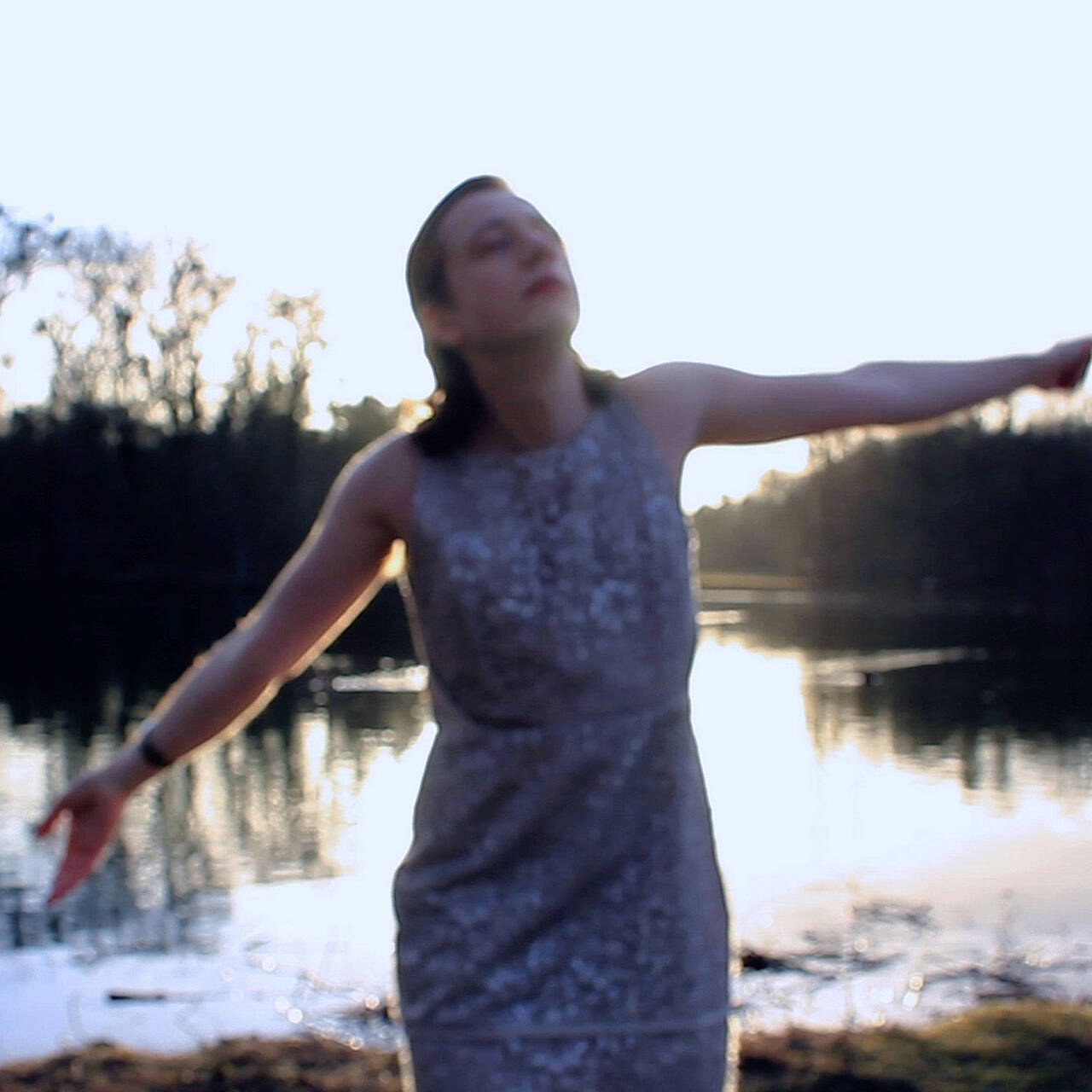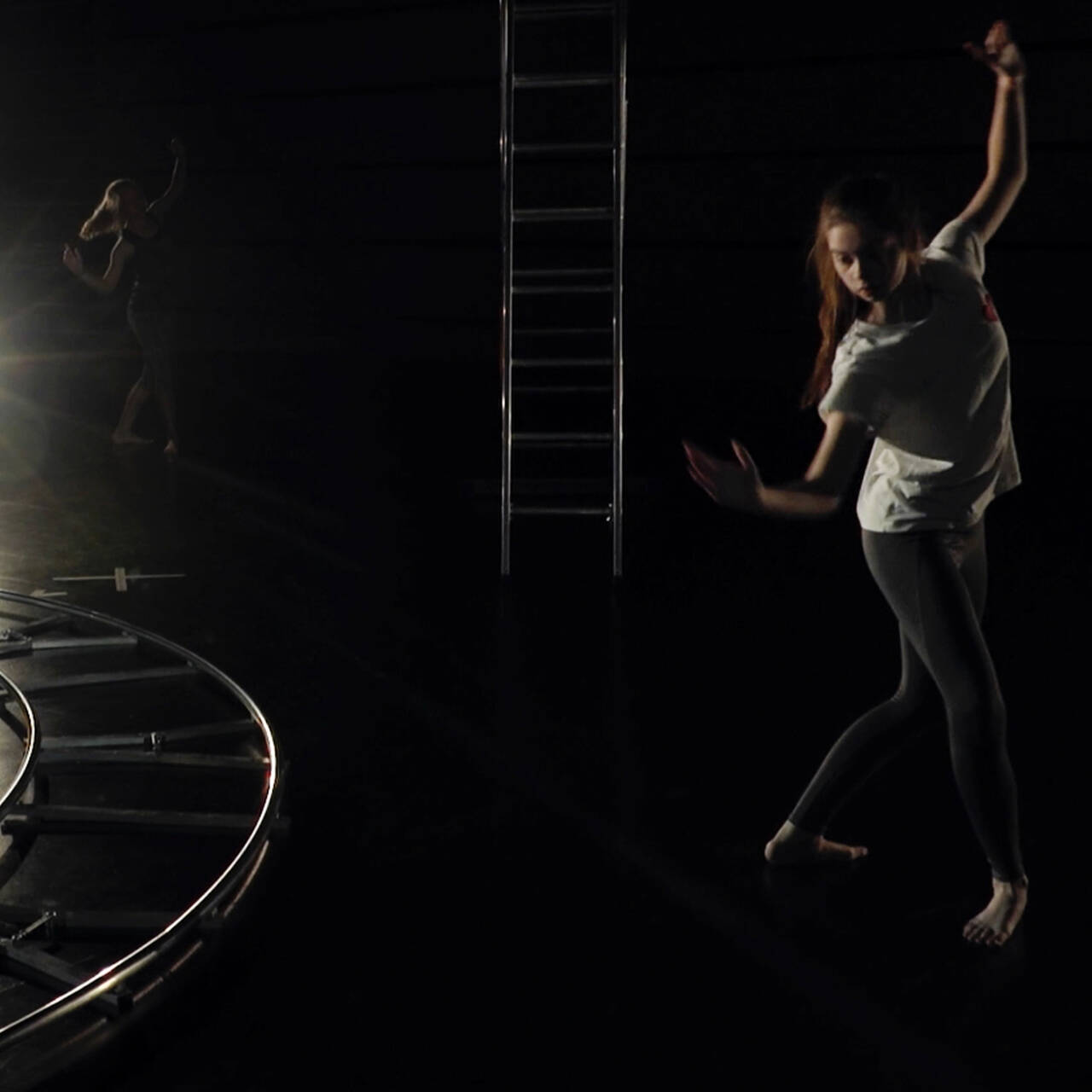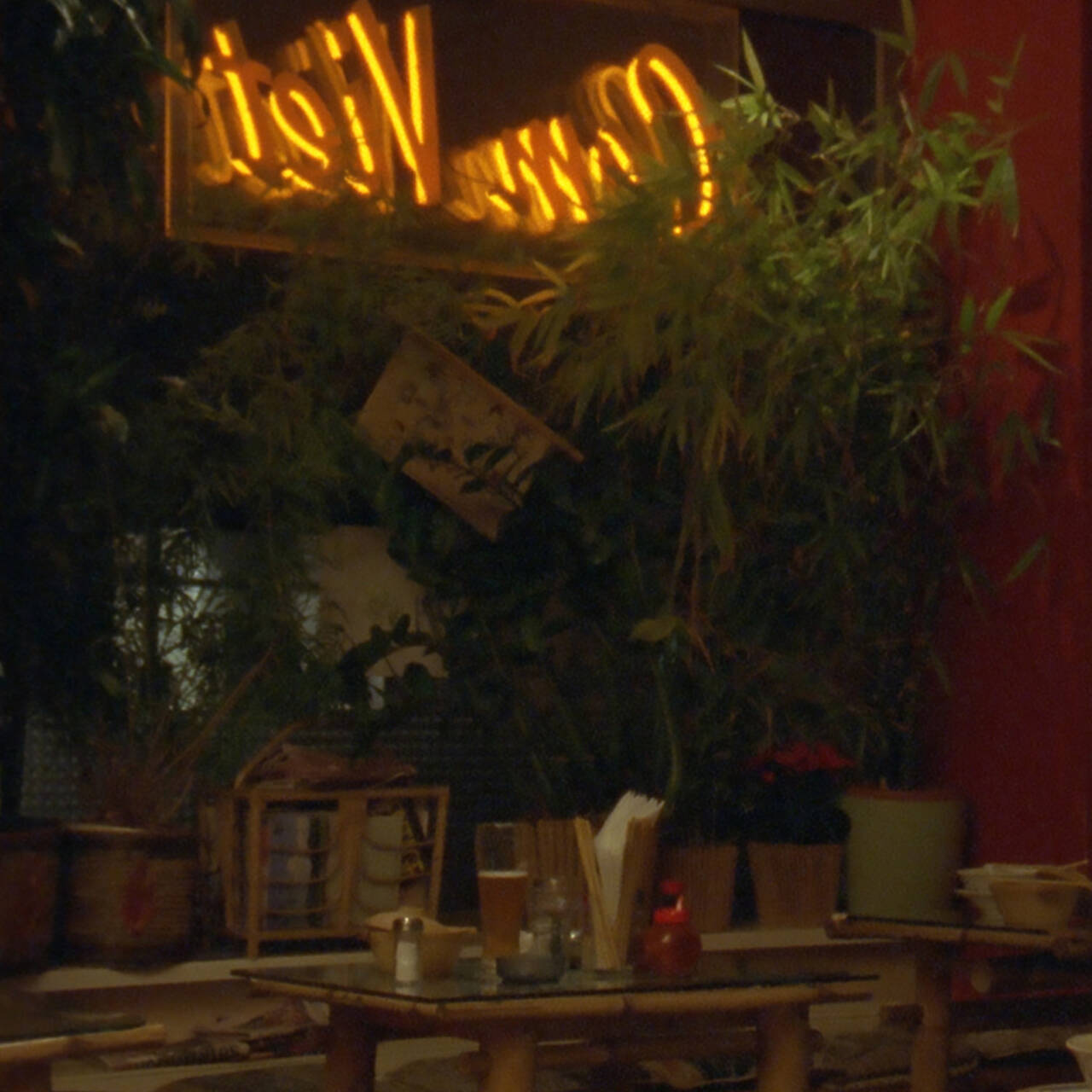Christoph Keller repeatedly explores scientific concepts in his work. In the Double Feature on July 30, he presents his artistic essay film “ANARCHEOLOGY”.
“ANARCHEOLOGY” appears at the beginning of Christoph Keller’s film of the same name in large, white letters against a black background. The image that follows offers an unobstructed view of a black-and-white photo of the Ponto Rio Negro, a large bridge near Manaus in Brazil. This formal dichotomy of the cinematographic image arises time and again in what follows: Text panels on a black background alternate like a travel report with photographs of deserted landscapes in the Amazonas. “The text I want to write is about archeology as a paradigm in the western tradition of art,” are the first words to come from the toneless narrator, who communicates exclusively by means of script.
In written words reflections on the relationship between language and historiography arise, about whether and how “oral history” can be translated into written language and hence, knowledge in general – after all, as the narrator puts it, “writing changes it all”. The panels can be subdivided into three text passages in varying literary styles: First there is an examination of the title “Anarcheology”, which progresses seamlessly into a personal story, which then links to the creation myth of the Yanomami, an indigenous people of the Amazonas region.
A non-history of thought
But what exactly does the term “Anarcheology” describe? It is “a semiotic divisor splitting the world into halves, the archeological and the non-archeological. It is a term that evokes something not yet known,” says Keller, explaining the term in an interview with culture theorist Ana Teixeira Pinto.

The concept was first introduced by the French philosopher Michel Foucault in his lecture “Du gouvernement des vivants” in 1980. Keller’s work follows on from Foucault, who gave his methodological concept of an “archaeology of knowledge” a radical twist with the introduction of the concept of “an-archeology”, a “non-history of thought”, as it is called in the film. This “non-history of thought” could be conceived as the precise opposite of the scientific understanding of history, which is limited almost exclusively to written knowledge, as a form of understanding that includes the living, non-written, and hence the mystical world to a much greater extent.
After these thoughts eventually culminate into a quote from Foucault, the narrative pivots abruptly towards the unexpectedly intimate story of a nameless woman, her experiences in the La Borde psychiatric clinic, her subsequent life in the Amazonas, and her relationship with her parents.
Anarcheology is a semiotic divisor splitting the world into halves, the archeological and the non-archeological. It is a term that evokes something not yet known.

In the end, while the grainy black-and-white images show ever more expressive shots from the Amazonas region, the focus returns once again to the mythical tales of the Yanomami, to which the work refers right at the beginning.
Science as a basis for art
In previous works the Berlin-based artist Christoph Keller has repeatedly tackled scientific concepts: In “Encyclopaedia Cinematographica” he uses film material from a project of the same name by the Institute for Scientific Film in Göttingen, which set itself the task of documenting the entire objective world in “tiny thematic units”. In other works Keller, who initially studied Math, Physics and Hydrology, addresses marginal scientific fields: In the “Cloudbuster Project” at the P.S.1 in New York, he carried out reenactments of the later “weather experiments” by Austrian physician and psychoanalyst Wilhelm Reich, while in works like “The Chemtrails Phenomenon” he examines conspiracy theories.


In the exhibition “Aether – from Cosmology to Consciousness” (2011) at the Centre Pompidou in Paris, he focuses on the correlation of science and modern art, starting with the concept of aether, while in the film and the exhibition “Small Survey on Nothingness” (2014) Keller examines the connection of “nothingness” to western culture in different episodes.
With “W.R. – Misterije Organizma” by Serbian director Dušan Makavejev, the SCHIRN will subsequently screen a film that was banned in Yugoslavia on its release in 1971 until the 1980s. As the acronym “W.R.” in the title hints, here we once again encounter the ubiquitously active Wilhelm Reich. In a brilliant montage of documentary shots and movie scenes, Makavejev weaves a work that initially appears to be a documentary about Reich’s time in the USA, his imprisonment and the orgone therapy he developed, but then morphs into an essayistic film on sexual liberation and political revolution.

Paving stones, fire, bullets, slogans, songs. The same with movies. We can use everything that comes to hand: fiction, documents, actualities, titles. ‘Style’ is not important. You must use surprise as a psychological weapon.
The narrative, sometimes surrealist-seeming framework plot about the highly politicized Milena, who propagates sexual liberation as a means of countering fascism and suppression, is interspersed time and again with sequences from Mikheil Chiaureli’s propaganda film on Stalin, “Kiyatva” or shots of Tuli Kupferberg, beatnik, poet and founding member of the American band “The Fugs”, who marches in military manner armed with a toy machine gun through Downtown Manhattan. Perhaps Dušan Makavejev summarizes this cinematographic tour-de-force best himself in a commentary about subversive film styles: “Paving stones, fire, bullets, slogans, songs. The same with movies. We can use everything that comes to hand: fiction, documents, actualities, titles. ‘Style’ is not important. You must use surprise as a psychological weapon.”
